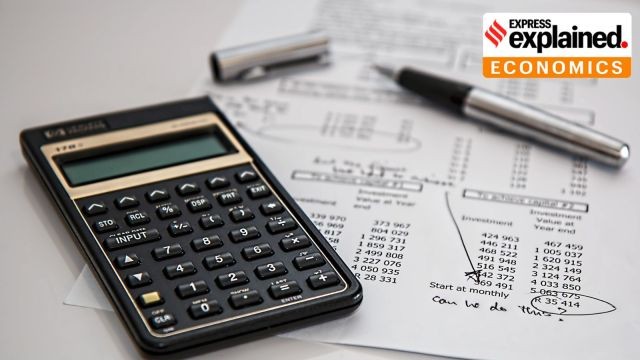



The RBI is reviewing its Economic Capital Framework (ECF), which regulates financial reserves and surplus transfers. The review will affect the Contingency Risk Buffer (CRB) and surplus distributions to the government. A higher CRB ensures stability during crises, but limits surplus transfers, while a decrease offers more funds for government spending, impacting fiscal planning.

Copyright infringement not intended
Picture Courtesy: business-standard
The Reserve Bank of India (RBI) is conducting a review of its Economic Capital Framework (ECF).
The Reserve Bank of India (RBI) is reevaluating its Economic Capital Framework (ECF), a policy that specifies how the central bank manages its financial reserves, risk provisioning, and surplus transfers to the government.
The review is being conducted by an internal committee, and its recommendations will guide the RBI’s decisions on maintaining the Contingency Risk Buffer (CRB) and surplus distribution.
The ECF is a framework that outlines how the RBI allocates its financial resources, including:
The Bimal Jalan Committee, formed in 2018, recommended that the CRB should be maintained between 5.5% to 6.5% of the RBI’s balance sheet. The committee also suggested that the ECF be reviewed every five years.
|
Since adopting the ECF in August 2019, the RBI has transferred the following surpluses to the government:
|
During the pandemic (FY19–FY22), the RBI maintained a CRB of 5.5% to support economic growth, increasing it to 6% in FY23 and 6.5% in FY24.
As of March 31, 2024, the RBI’s CRB stands at 6.5% of its balance sheet, the upper limit of the recommended range. The central bank has adhered to the Bimal Jalan Committee’s guidelines since 2019, but with the five-year review cycle ending in June 2024, the RBI is now assessing whether any adjustments are needed.
Surplus Transfers to the Government: The RBI’s surplus transfers play a crucial role in supporting government revenue and fiscal policies.
Economic Stability: The CRB acts as a financial safeguard against global instability, banking crises, and currency fluctuations.
Government Budget Planning: Changes to the ECF could impact the government’s budgetary planning, especially for infrastructure projects and social welfare programs.
Must Read Articles:
RBI'S SURPLUS TRANSFER TO THE GOVERNMENT
Source:
|
PRACTICE QUESTION Q. Critically examine the effectiveness of RBI’s inflation-targeting framework under the Monetary Policy Committee (MPC). 150 words |








© 2025 iasgyan. All right reserved